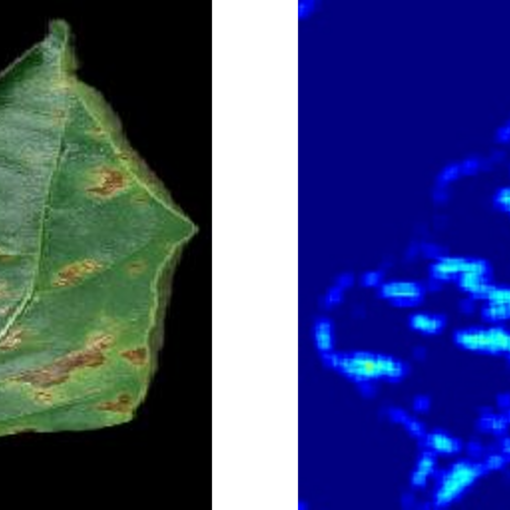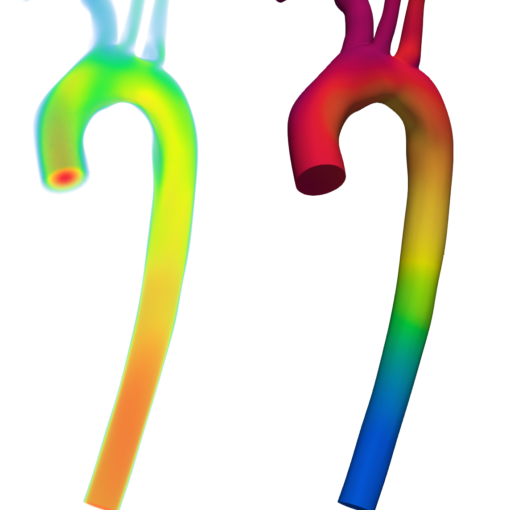A new MOX report entitled “A neural network approach to survival analysis for modelling time to cardiovascular diseases in HIV patients with longitudinal observations” by Lurani Cernuschi , A.; Masci, C.; Corso, F.; Muccini, C.; Ceccarelli, D.; San Raffaele Hospital Galli, L.; Ieva, F.; Paganoni, A.M.; Castagna, A. has appeared in the MOX Report Collection.
The report can be donwloaded at the following link:
https://www.mate.polimi.it/biblioteca/add/qmox/85/2022.pdf
Abstract: At the end of 2021, 38.4 million People were Living With HIV (PLWH) worldwide. The advent of Anti Retroviral Therapy (ART) has significantly reduced the mortality and increased life expectancy of PLWH. Nowadays, the management of people with HIV on virological suppression is partly focused on the onset of comorbidities, such as the occurrence of CardioVascular Diseases (CVDs). In this study, we analyse the 15-year CVD risk in PLWH, following a survival analysis approach based on Neural Networks (NNs). We adopt a NN-based deep learning approach to flexibly model and predict the time to a CVD event, relaxing the linearity and the proportional-hazard assumptions typical of the COX model and including time-varying features. Results of this approach are compared to the ones obtained via more classical survival analysis methods, both in terms of predictive performance and interpretability, in order to explore the potential of deep learning approaches in modelling survival data with time-varying features.




